Extra cattle are getting the chook flu virus, and it seems that persons are an enormous think about spreading it from herd-to-herd. NPR’s Danielle Kurtzleben talks to NPR Well being correspondent Will Stone.
DANIELLE KURTZLEBEN, HOST:
Does the U.S. have chook flu below management? It is onerous to inform, despite the fact that it has been shut to 3 months for the reason that virus was first noticed in dairy cattle. New circumstances are nonetheless cropping up, most not too long ago in Wyoming and Texas. This week, federal well being companies launched a number of new assessments of the scenario. NPR’s Will Stone is right here to inform us the most recent. Hey, Will.
WILL STONE, BYLINE: Hey there.
KURTZLEBEN: So what did we study from these newest reviews?
STONE: Effectively, we acquired a greater sense of how chook flu is spreading between totally different dairy farms. The virus has been detected in additional than 90 herds in a dozen states since late March. Many of those circumstances have been in Michigan. The USDA drilled down into what’s occurring there. They discovered it is primarily being transmitted from her to herd in 3 ways. So first, by way of shared tools and autos, second, persons are carrying the virus inadvertently on their clothes or boots. And at last, some animals which are contaminated are shifting between farms.
There had been concern that wild birds may very well be repeatedly reintroducing the virus into dairy cattle. To date, federal officers say, the proof doesn’t help that. Primarily based on genetic sequencing of viral samples, it seems there was a single spillover occasion when a wild chook unfold it into cattle in Texas someday final 12 months, and that sparked this unprecedented nationwide outbreak in dairy cattle.
KURTZLEBEN: Proper. Effectively, past animals, although, I do know a number of people have contracted this flu, which has some people involved about this sparking a pandemic. Do we’ve got any higher sense of the danger to folks right here?
STONE: So proper now, federal well being officers say the danger to most of the people stays low. If you happen to work with dairy cattle, clearly, the danger stage is increased. There’s nonetheless have solely been three human circumstances reported. The newest one was in a Michigan dairy employee. That was extra regarding as a result of the individual really had respiratory signs. I requested the Facilities for Illness Management and Prevention this week whether or not there have been any alarming mutations within the samples of the virus they collected from that individual. Here is what physician Nirav Shah with the CDC instructed me.
NIRAV SHAH: We did not see any indicators within the virus’s fingerprints that means that it is extra in a position to transmit between people or from animals to people.
STONE: So clearly, that’s reassuring, however certainly, there are folks in public well being who’re deeply apprehensive in regards to the scenario; the truth that we do not have extra visibility round this outbreak.
KURTZLEBEN: Are there unknowns which have public well being officers involved?
STONE: There’s so much. For starters, precisely, what number of cattle are contaminated proper now, we do not know. I requested the CDC if we even have some sense of the trajectory right here. Have we hit the height of circumstances in cattle? The reply was additionally, we do not know. Andrew Pekosz introduced up one other large concern once I spoke to him, which is best surveillance on the human aspect of issues. Pekosz is a virologist at Johns Hopkins Bloomberg Faculty of Public Well being.
ANDREW PEKOSZ: That is actually the crucial factor that we’re now apprehensive about, is that if this virus will get into people, then the virus can adapt to people instantly. This has been occurring lengthy sufficient in order that there needs to be antibody signatures within the blood of people that have gotten uncovered, and that will actually give us a way of how a lot low-level publicity, maybe delicate illness, has been on this inhabitants.
STONE: So mainly, determining what number of circumstances we’d have missed by in search of proof of a previous an infection, that may assist us gauge the general threat to people. Pekosz says it nonetheless appears that inside a herd, the virus is primarily spreading within the strategy of milking. It may very well be the virus simply retains doing that and would not find yourself adapting to unfold from human to human if we will preserve it from infecting different folks. However that is optimistic and never one thing we will financial institution on.
KURTZLEBEN: That is NPR well being correspondent Will Stone. Thanks, Will.
STONE: Thanks.
Copyright © 2024 NPR. All rights reserved. Go to our web site phrases of use and permissions pages at www.npr.org for additional data.
NPR transcripts are created on a rush deadline by an NPR contractor. This textual content will not be in its ultimate type and could also be up to date or revised sooner or later. Accuracy and availability might fluctuate. The authoritative document of NPR’s programming is the audio document.


